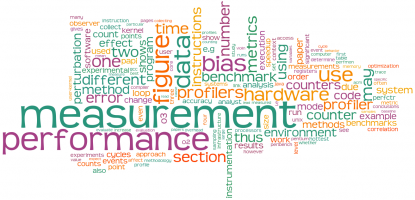Last week we started a series on Performance Measurement. This week we take a peek under the hood and ask about the balance required within a business regarding performance and how to measure non-financial indicators.
Since the dawn of business science, financial performance was the exclusive yardstick of business performance. The 1980s saw companies realising the pitfalls of focusing exclusively on financial performance indicators. They realised that Financial Performance Indicators were leading to an intensive emphasis on cost reduction.
These excessive cost reductions were being achieved at the expense of long-term growth; because they resulted in low staff morale, low quality and customer dissatisfaction. Managers ignored quality, delivery, customer care & after sales service. Owners discovered, during audits that accountants were practising “window dressing”; that is making the accounts look good on the last date of the period.
Some of this myopic behaviour is still being practised today, to the detriment of business growth. Failure to invest in projects with long-term profitability; as managers aim to achieve profit now than later. Failure to invest in activities that build long-term value such as employee training, advertising & marketing; research & development etc. Cutting production costs that ensure better production quality; resulting in poor quality products and reduced market share. Reducing head-count, which may result in one employee serving several customers and thus loss of morale and poor service. Salary freezes resulting in high staff turnover, and a loss of corporate knowledge and high recruitment costs.
To address this “myopia” or shot-termism; experts came up with Non-Financial performance Indicators. Non-Financial Performance Indicators are designed to balance between financial performance and other areas of the business that foster business growth and longevity. NFPIs focus on product quality, delivery, customer satisfaction and after-sales service.
Business owners can put in place performance measurement or measures of product/service quality that ensure that managers do not cut back on these factors that sustain the business. Measures can be implemented for staff satisfaction e.g. staff turnover; to reduce cutbacks in staff-related expenditure. Non-Financial Performance indicators aim to create that balanced focus on the key areas that drive a business’ long-term growth. What are some examples of NFPIs that companies can adopt?
We will explore some of this performance measurement options next week.



[…] week we looked at the history of performance measurement and how it has improved over the years. This week we will look at how business owners and managers […]